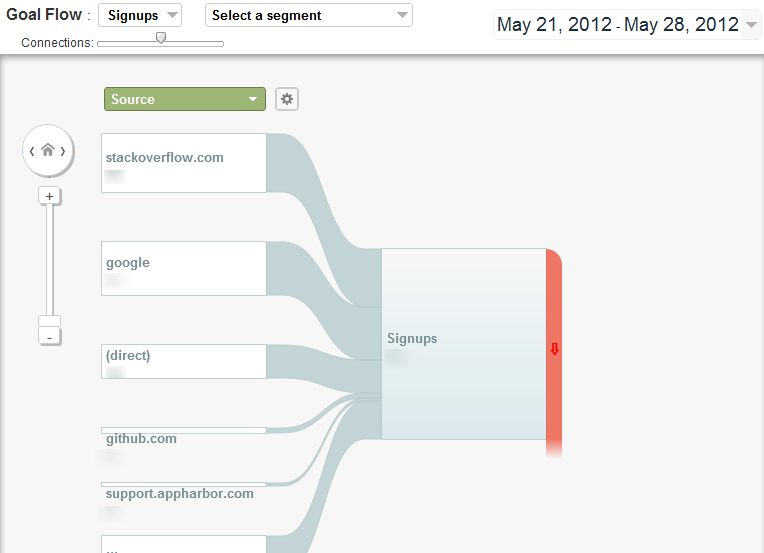The Main Principles Of Google Analytics Event Tracking
Table of ContentsAbout Google Analytics Event TrackingAll About Google Analytics Event TrackingWhat Does Google Analytics Event Tracking Do?The Main Principles Of Google Analytics Event Tracking An Unbiased View of Google Analytics Event TrackingThe Buzz on Google Analytics Event Tracking

If you're going to establish event monitoring by hand, after that you're mosting likely to have to add some extra code to the aspects you wish to accumulate information from. The code you're going to collaborate with will certainly look something like this: There are four parts within that code snippet that you're mosting likely to need to define yourself: occasion, Group, event, Action, event, Tag and occasion, Worth.
As you can see, 2 of these are called for (group and action) while label and worth are optional. It all relies on the type of details you desire passed on back to Google Analytics when a customer clicks the defined aspect (Google Analytics Event Tracking). It will be much simpler to define these components if you evaluate your internet site and determine which elements/actions you wish to track
The Best Strategy To Use For Google Analytics Event Tracking
Currently, you'll be asked to define the and and you'll intend to choose from the drop-down menu that shows up when you click. This will bring up the very same event tracking elements we checked out earlier, which you'll need to complete. When you've defined these, you can relocate down to the second box and select the trigger that will certainly discharge your tag.
On the next screen, you'll likewise have a field for naming your trigger and, if you click package, you'll see a listing of the various triggers you can choose. In this situation, we intend to choose and afterwards choose the option below. After that you'll establish the trigger to just discharge when a component is clicked with a link that consists of the.
Every internet site YOURURL.com talks. Before information analytics, we could not hear the voices of our sites. Yet how do you recognize what your site is saying? Simple - Event monitoring! Event tracking offers you a photo of just how users involve with your web site and business (Google Analytics Event Tracking). Do you would like to know more? Read on as we discover whatever you need to understand, including what it is, why you should track occasions, just how to handle events data, and various other appropriate FAQs you may have.
Some Of Google Analytics Event Tracking
You can switch over in between your occasion classifications, actions, and labels in the Top Events report. The Occasion Pages report shows the pages where events are triggered.
Occasions in Google Analytics have four main aspects. Google Analytics makes use of these codes to track customer communications and this contact form group them right into occasion reports (Google Analytics Event Tracking).
A list of the criteria you can track on your web site is on the. After examining all necessary fields, you can click "X" to shut the home window and return to the Introduction food selection on the.
The Only Guide to Google Analytics Event Tracking

If you haven't done so, you may need to set up a variable in the Google Analytics Settings box. After this, enter your GA monitoring ID in the Tracking ID area.
To do this, adhere to the following series of activities: After setting up the areas, pick the "Triggering" area. When configuring your new trigger, click the "+" switch, after that the "pencil" switch, after that choose your trigger type.
The Google Analytics Event Tracking Diaries

When it comes to recognizing which areas and aspects are guiding consumers through your conversion channel, you still will not know. Without occasion monitoring, GA records will only count sees as single-page sessions, also if users invest a lot of time on one page and engage with it substantially (and a bounce).
Yet how does event tracking accomplish this?Single-page sessions called bounces begin and go to this site end on the exact same page. Without occasion monitoring, GA will classify an individual's browse through as a bounce if they don't navigate to an additional page, no matter of just how they engage with it. For example, a video-rich page can have a higher bounce rate if events are not tracked.
Some Ideas on Google Analytics Event Tracking You Need To Know
For GA to take occasion hits right into account when gauging bounce rates, you should choose "Non-interaction occasion" as "False" throughout the GTM configuration. Establishing "occasion goals" with occasion activity is an outstanding means to monitor user tasks you worth extremely, such as brand-new lead entries or click a call to action.